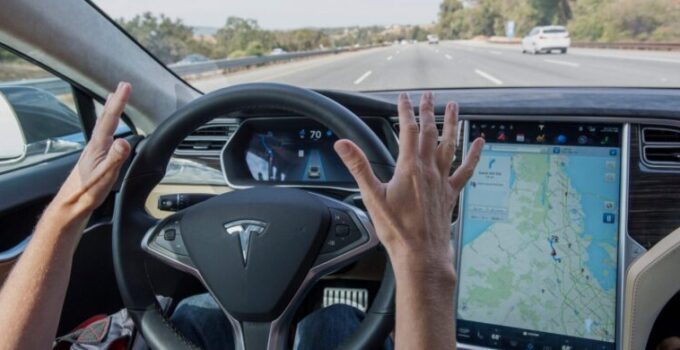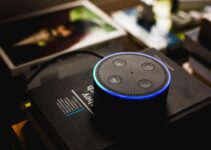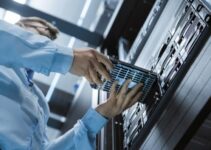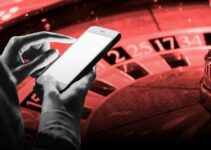The self-driving car is a straight art of software and technology that makes sure it can perform every task without human intervention. It launched its first autonomous car back in 2014. Tesla is a pioneer in today’s leading self-driving electric car market and is revolutionizing renewable energy with an automobile. The car uses the arrangement of cameras and radar to detect an object in the periphery and act upon a different situation.
The technology-rich Tesla cars don’t come cheap. If you are a self-driving car enthusiast, buying a used Tesla model saves you plenty of dimes. We advise you not to purchase a used car without performing a history check; this website can help you with a quick and genuine report. A report generated by Revs check helps you understand the complete past history of written-off details, stolen records, finance check, and more.
You might be wondering how Tesla managed to provide rich safety and convenience with AI-enabled autopilot. Read through the technologies Tesla uses in their automobile.
1. Radar Sensor
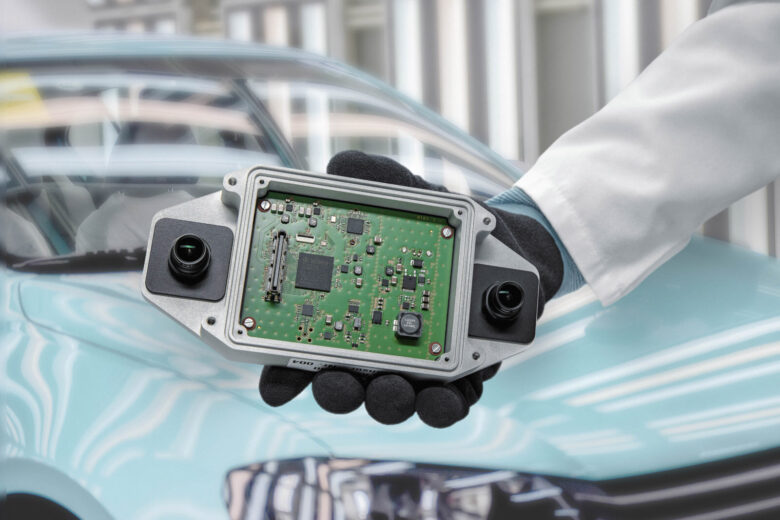
Source: phys.org
When driving a car, drivers are often forced to a condition where visibility is challenging due to rain, mist, or snowfall. In many cases, autonomous cars use a CCD camera, which does not apply to these conditions. Under these circumstances, the superior detection of the radar sensor comes into light.
The UWB radar sensor on Tesla is mounted at the rear and front end, helpful for changing lanes. The sensor checks an object over a wide-angle and can detect vehicles in the blind spot. In adverse weather conditions, the UWB radar sensor demonstrates a high intelligence and accurate distance analysis level. The function of these sensors is extremely important to prevent any rear and front-end collisions. The millimeter waves the radar sensor transmits on its circumambient helps riders enjoy a greater security sense.
Key features of the radar sensor:
- The radar sensor can detect a wide distance and accurate near error distance of 20 CM.
- It has the ability to detect moving or parked vehicles in blind spots.
- It detects danger under poor visibility and adverse weather conditions.
2. Ultrasonic Sensors
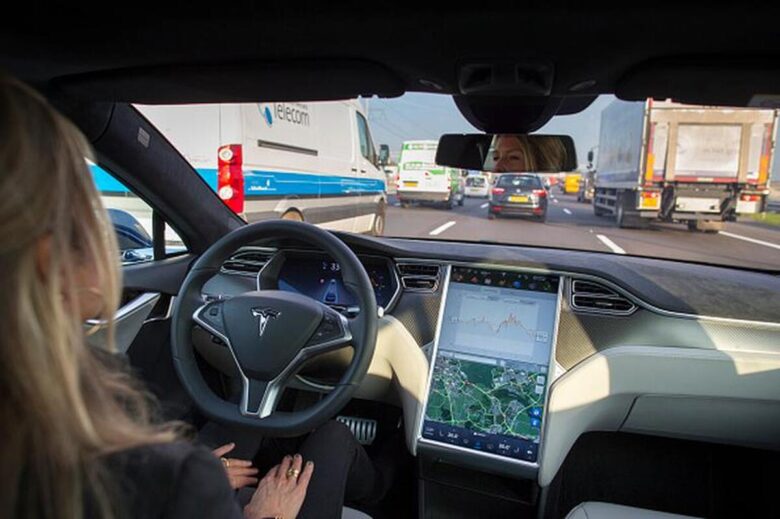
Source: techrepublic.com
Tesla’s ultrasonic sensors are effective technology to detect an object and their presence at a distance. The sensor fits into the sweet spot between the proximity sensor and the laser distance sensor. About 12 of these ultrasonic sensor dots are placed around the vehicle’s circumference to measure the distance and the object nearby. The information radar sensor captures combine with the ultrasonic sensor data, making a ride even safer. The sensors’ reachability doesn’t range as wide and distant as radar but effectively prevents near object collision. The ultrasonic sensor is unaffected by smoke, dust, fog, and steam, which would be difficult for optical sensors.
It’s true that Ultrasonic sensors can detect even the transparent objects ahead of the car and react to its presence. Similarly, it measures every object regardless of its color and texture. When you have vehicles ahead of you, the ultrasonic sensor monitors the circular wheels’ acceleration. It works with fluid and bulk level material measurement.
Key features of the Ultrasonic sensor:
- It detects objects of any size over 20 meters of distance.
- The sensor is independent of object texture, color, and surface.
- They work best with solid materials like glass, wood, plastic, liquid, and semi-liquid.
- It still works under the condition of light, noise, and temperature.
3. Traffic-aware cruise control

Source: businessinsider.com
The radar sensor plays all the essential features to cruise control of your vehicle. If Tesla happens to detect a car moving in front, it slows down the speed and maintains the limit analyzing the vehicle. It safely maintains 4 seconds distance from the front vehicle mitigating a collision.
The steering wheel sensors expect you to keep holding the wheel; if not, it slows and beeps at you. Additionally, if it doesn’t detect the hand placement in the steering wheel even after the warning, the car slows down and parks at the side of the road. It doesn’t panic when any vehicle slams into your lane; it detects the object and works its magic.
Cruising through the highway is impressive with the autopilot. Flick the bulb to start autopilot, and sliding the trackball aside, the steering wheel helps to manually control the cruising speed.
Key features of Traffic-aware cruise control:
- It keeps steady speed under the control of the driver.
- The sensor manages to handle throttle in any adverse weather condition.
- The economy drives through the road with cruise control helps in reducing fuel consumption.
- While cornering, it provides enough wheel turn.
4. Smart Summon
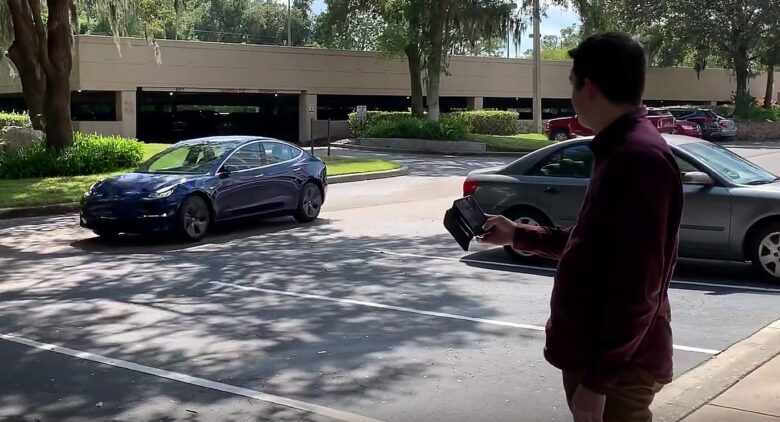
Source: teslarati.com
Tesla uses all the sensors and cameras to drive through the parking lot and autopilot to the spot you want. It detects objects and parking lines effectively and maneuvers with the help of the Summon in the Tesla app. It’s convenient to use the function if your car is stuck between two vehicles, and there is no way to enter through doors. Like summon, the smart summon works even correctly through the driveways and parking lot.
The GPS tracker inside the car and the Tesla app collectively works to summon through parking. The range of summoning is limited to 200 feet of distance.
Key features of Smart Summon:
- Smart summon uses smart driving assistance to drive through the parking lot.
- The technology works with a combination of cameras and sensors.
5. Autosteer
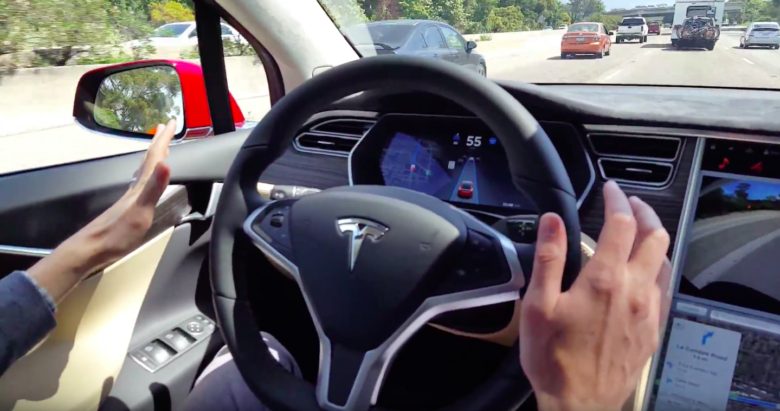
Source: cleantechnica.com
Employing the arrays of sensors around the vehicle, the auto-steer in Tesla works in any traffic condition. While auto-steering, the sensors collect the amount of torque powered to the vehicle and maintain safe driving. The steering wheel sensors alert whether the driver leaves hand off the wheels and speeds down the car.
Autosteer helps the vehicle move in an adjacent lane in a highway and guides if the lane needs to be changed due to obstacles. The radar sensor and camera summoned at the front marks the road line-markings to keep the car centered.
Key features of Autosteer:
- Autosteer uses both sensors and cameras to maneuver through the road in a fixed lane safely.
- Self-park is made easy with Autosteer to keep the car parallel and perpendicular to the parking line.
Tesla features regression-based supervised learning auto-steering technology.

